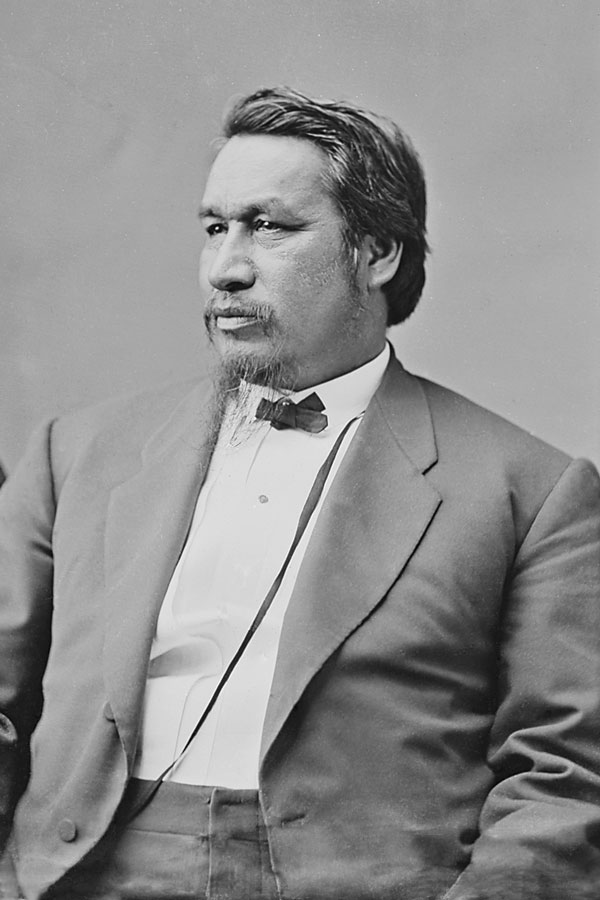Campus to mark Native American Heritage Month
Make a cornhusk doll and learn about how the Erie canal affected Native people

The University of Pittsburgh at Bradford has two public events planned to help commemorate Native American Heritage Month in November.
The first is an opportunity to create a Haudenosaunee cornhusk doll while learning about Native American cultural heritage, storytelling and community from Toni Scott and Mary Denea from 5 to 7 p.m. Nov. 9. Reservations are required and may be made at https://www.upb.pitt.edu/national-native-american-heritage-month, but the event is free.
Later this month, the university will host a historical art exhibition that tells the story of the creation of the Erie Canal and the effect it had on the Haudenosaunee people who inhabited the region.
The exhibit, “The Haudenosaunee and the Erie Canal,” will open at 6:30 p.m. Thursday, Nov. 16, in Hanley Library.
During the opening, Dr. Fileve Tlaloc Palmer, co-director of Q’willworks; Dr. Joseph Stahlman, director of the Seneca-Iroquois National Museum in Salamanca, N.Y.; and Brian Trzeciak, director of the Buffalo (N.Y.) Maritime Center, will discuss the exhibit, which is on loan from the Buffalo Maritime Center.
The talk, as well as the exhibit, is free and open to the public.
“Working on this project has been an eye-opening experience,” Palmer said. “I am honored to have been able to connect with Haudenosaunee community members and bring their voices to a larger audience. In addition to learning more about the history of the northern Appalachian region, the excitement of working with such a dedicated team of professionals fueled a fire to help tell stories that go beyond the common American mythmaking or progress and industrialism.”
The exhibit, which will remain open until Dec. 21, includes five to six panels with images and text that share a more holistic telling of the area known as Buffalo Creek, the Haudenosaunee people who inhabited the region long before Europeans arrived in North America, and the treaties that were agreed upon and broken in the name of progress.
The exhibition panels begin with the Haudenosaunee story of creation. The panels in the exhibition also include a timeline, from 1776 through the early 1900s when enlargements were made to the Erie Canal, early maps of the area, photos and various illustrations.
The discussion and exhibit are intended to be a step toward understanding and honoring the deep Haudenosaunee legacy, especially in light of the commemoration of the Bicentennial of the Erie Canal in 2025.
As part of the bicentennial commemoration, the museum is building a full-size replica of the canal boat Seneca Chief, using traditional boatbuilding skills and community labor.
Trzeciak, director of the Maritime Center, said, “When we began this project to build a replica of the Erie Canal Boat Seneca Chief, it was our goal to increase awareness of the events and the context surrounding the history of the Erie Canal.
“We have a responsibility to tell a more holistic perspective of that history beyond the vessel, and this exhibit is meant to expand the prevailing narrative that often excludes the impact on and the tenacity of the Haudenosaunee people. I am honored to have worked alongside Dr. Stahlman and Dr. Palmer to help bring this exhibit to the public, and I’m grateful to Pitt-Bradford for keeping this conversation going.”
--30--